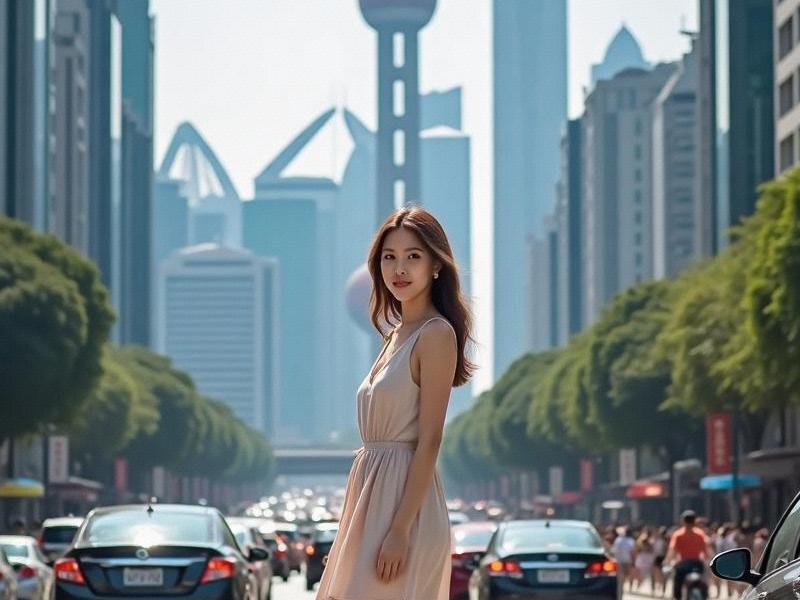This feature explores Shanghai's unique duality as both China's most futuristic city and a guardian of historical memory, examining how the metropolis balances rapid modernization with cultural preservation.

The neon glow of Pudong's skyscrapers reflects off the Huangpu River as an elderly tai chi practitioner moves through ancient forms beneath the shadow of the 632-meter Shanghai Tower. This striking contrast encapsulates Shanghai's essence - a city straddling centuries, where Art Deco facades house blockchain startups and traditional tea houses serve baristas trained in Italy.
Architectural Time Machine
Shanghai's skyline tells its history in concrete and glass. The Bund's colonial-era buildings stand as living textbooks of Gothic, Baroque, and Renaissance styles, while across the river, Pudong's financial district represents 21st-century ambition. The recently completed Shanghai Opera House, with its floating aluminum panels, has become a new architectural icon, hosting both Peking opera and experimental digital art performances.
Economic Powerhouse with Cultural Soul
夜上海419论坛 As China's largest economic and trade center, Shanghai contributes nearly 4% of the nation's GDP. The city's Free Trade Zone now hosts over 300 multinational regional headquarters, yet traditional industries survive in reinvented forms. The former textile mills of M50 have transformed into contemporary art galleries, where local painters reinterpret classical Chinese techniques with augmented reality.
The Gastronomy of Globalization
Shanghai's dining scene mirrors its cultural synthesis. Michelin-starred restaurants serving molecular interpretations of xiaolongbao share alleys with century-old congee stalls. The newly opened "Silk Road Bazaar" food hall offers Uyghur lamb skewers alongside artisanal French pastries - a culinary United Nations under one roof.
上海品茶网 Green Spaces in a Concrete Jungle
Urban planners have prioritized green development, with the 2024 expansion of Century Park creating Central Park-scale breathing room. The Huangpu Riverfront Walk now stretches 45 kilometers, connecting renovated industrial docks with floating wetlands that filter the city's water. "We're building vertical forests in skyscrapers and planting rice paddies on rooftops," explains urban designer Zhang Wei.
Tomorrow's Shanghai Today
The city's 2035 masterplan reveals ambitious visions:
上海龙凤419 1. The "15-minute community life circle" ensuring all residents access essentials within a quarter-hour walk
2. Expansion of the maglev network to connect with Hangzhou and Nanjing
3. The Xuhui "AI Town" development focusing on artificial intelligence research
As dawn breaks over Lujiazui, delivery drones crisscross the sky while elderly Shanghainese practice calligraphy with water brushes on the Bund's promenade. This is Shanghai's paradox - racing toward the future while keeping one foot firmly planted in tradition, proving that in China's most cosmopolitan city, progress doesn't require erasing the past.